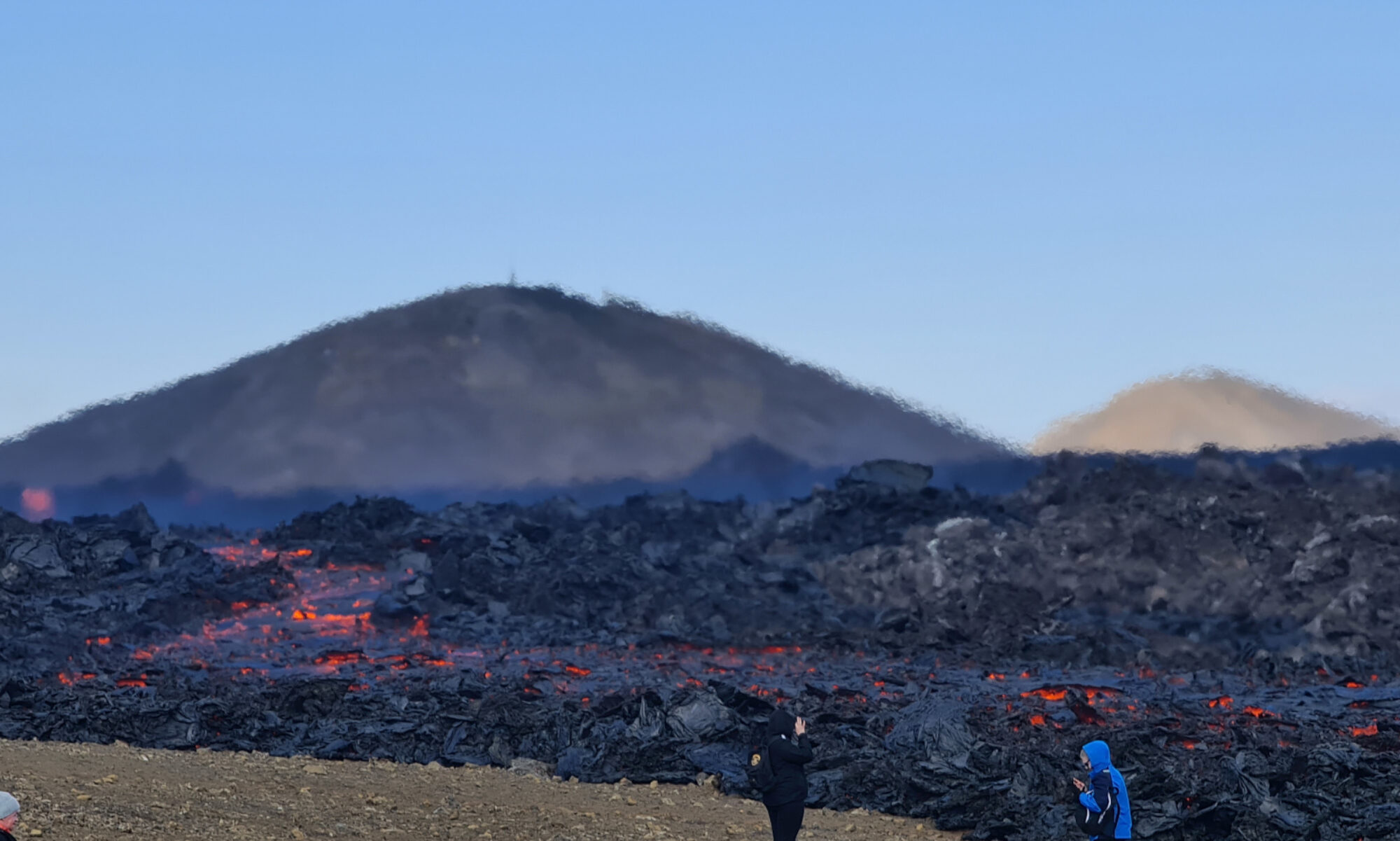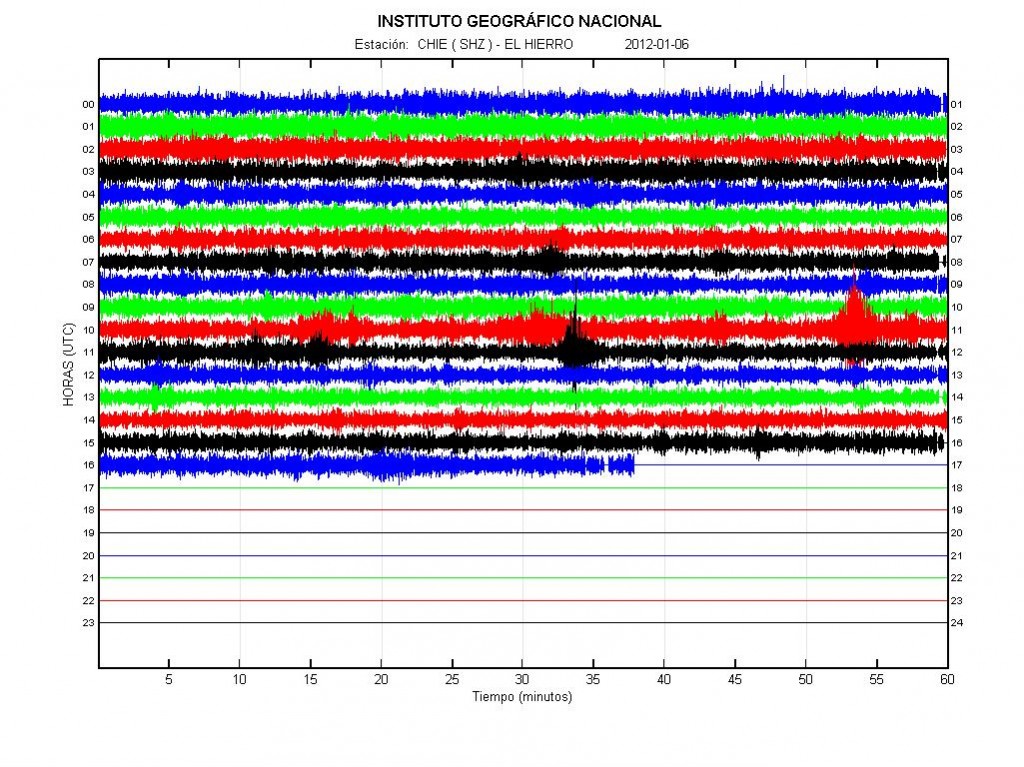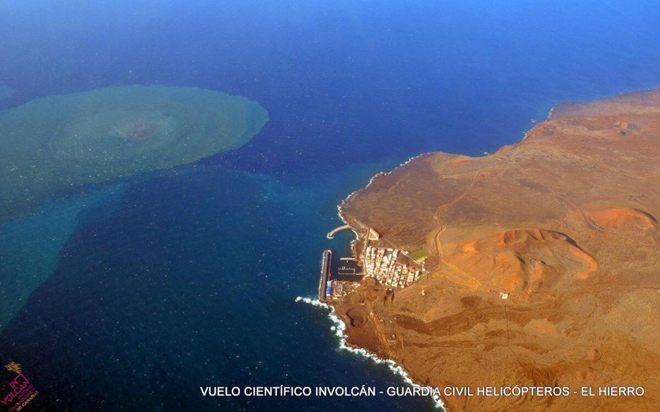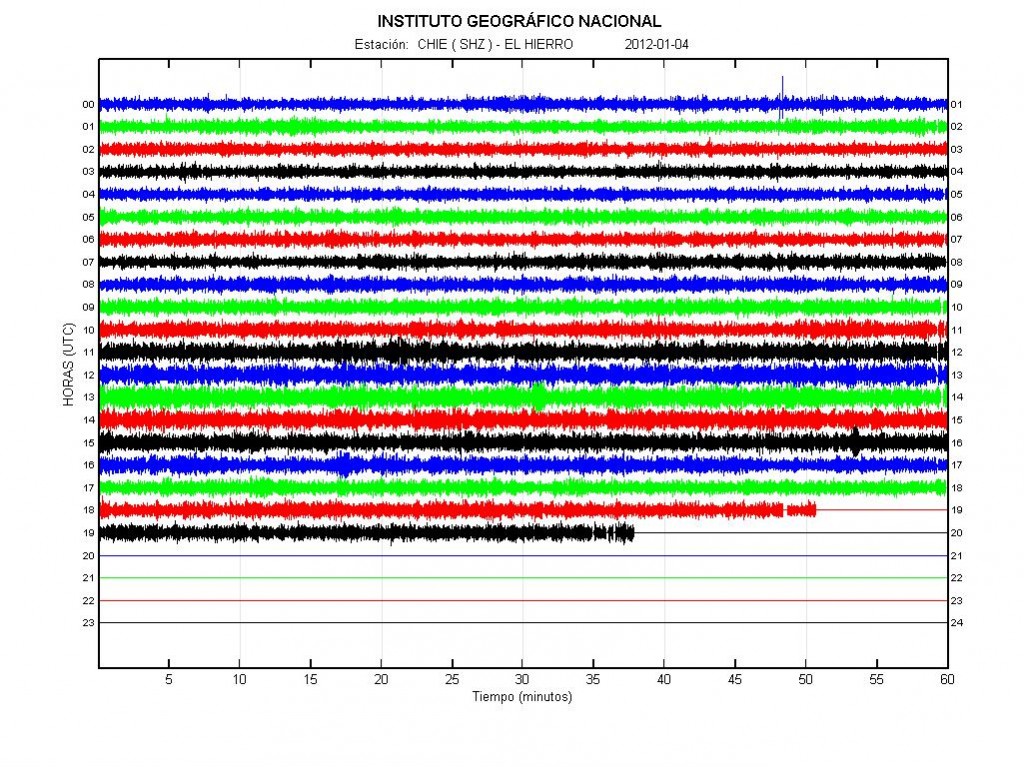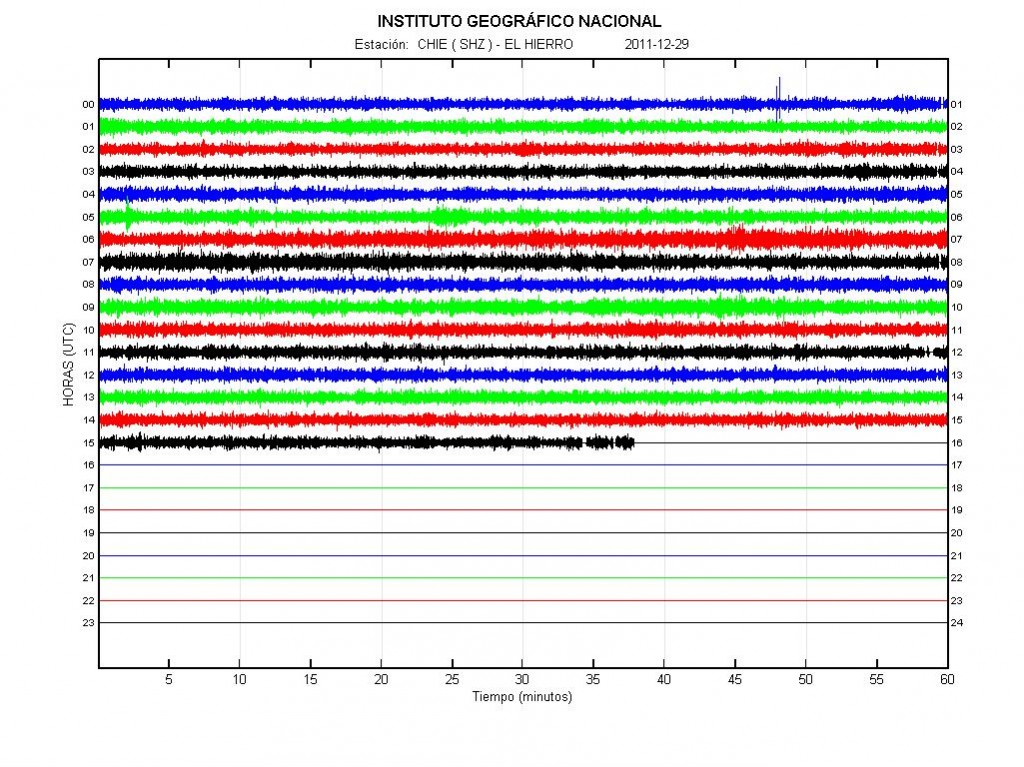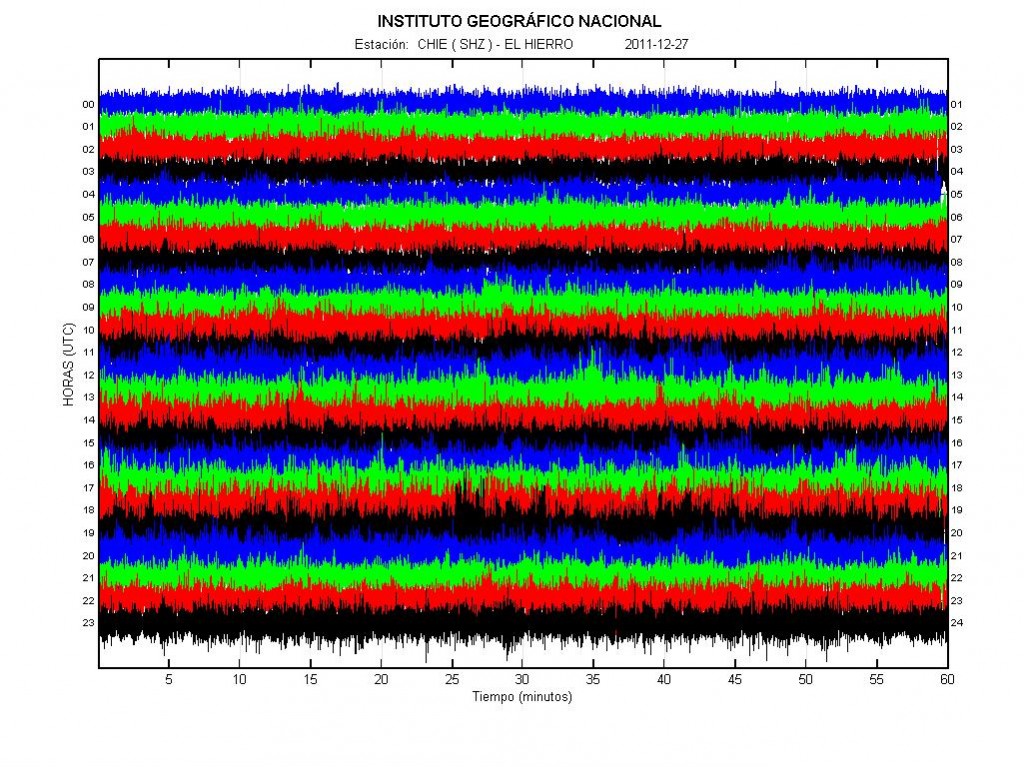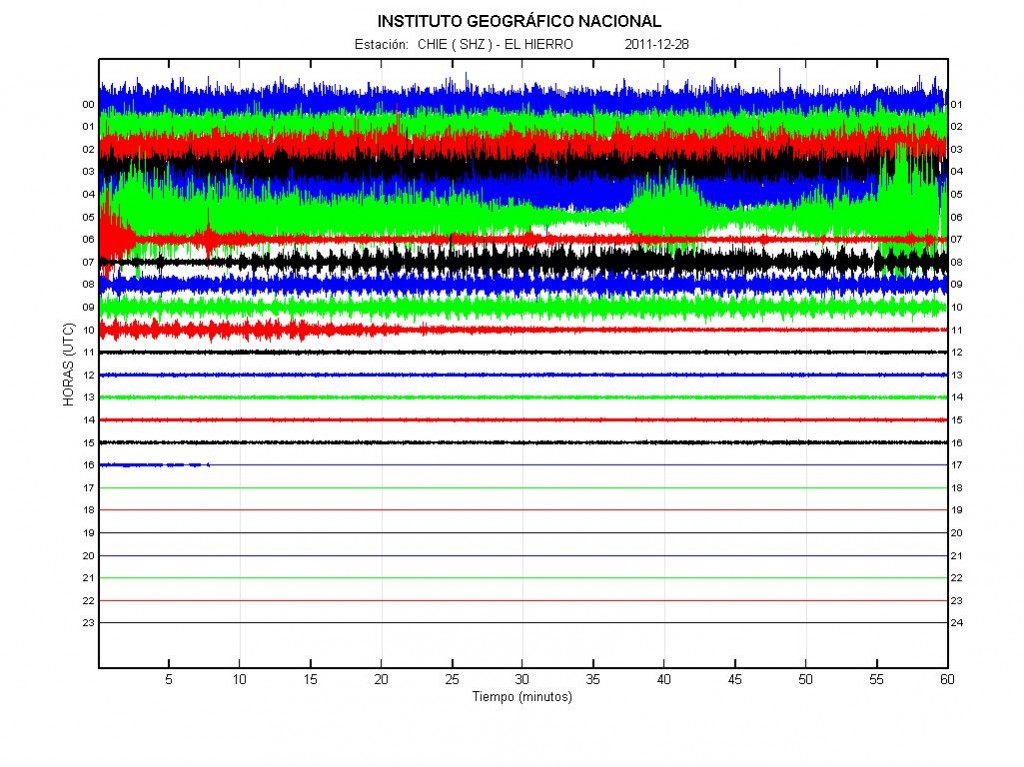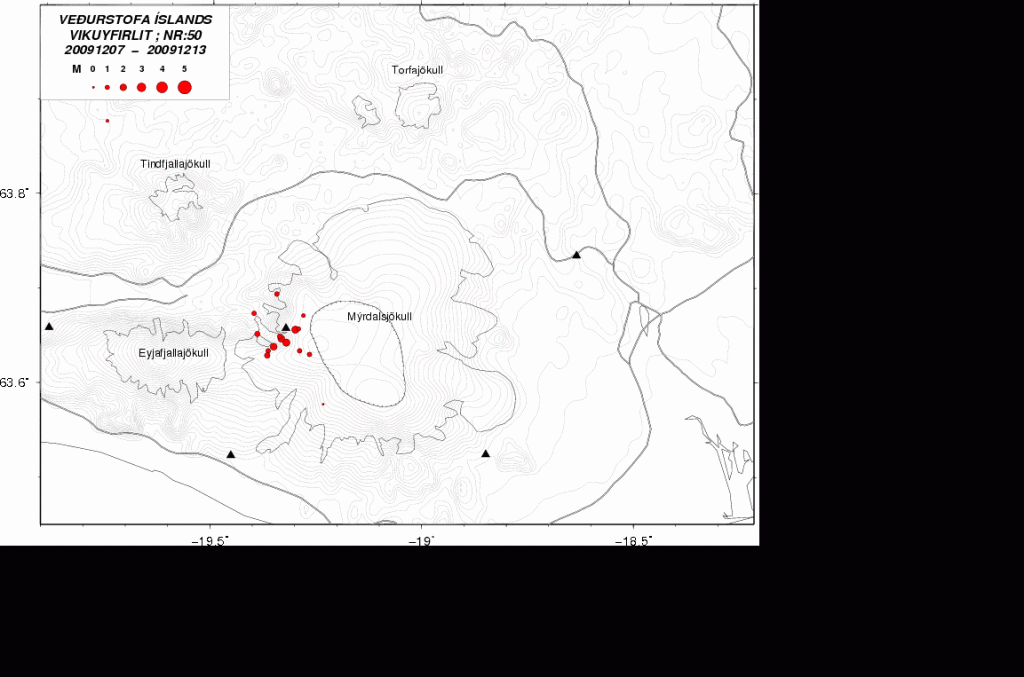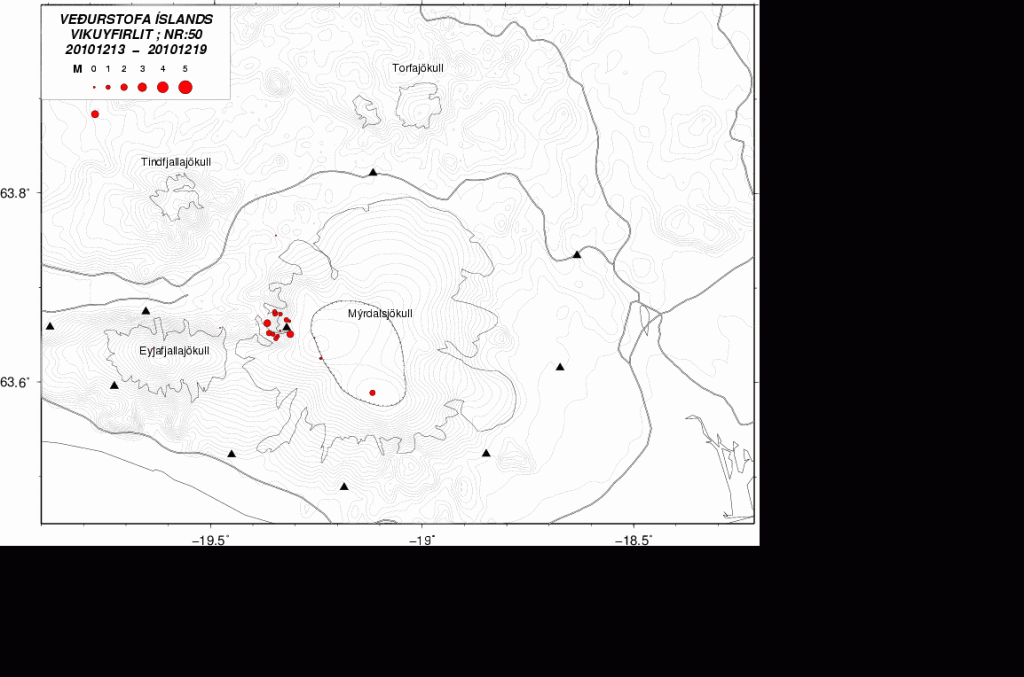At 21:12 UTC on 3. January 2012 an earthquake with the automatic size of ML3.6 did happen in Krísuvík volcano. I do not yet know if this earthquake was felt in the nearby area. But I assuming that it has done so.
This earthquake did appear clearly on my geophones. Both in north and south Iceland. They can be viewed here. I am going to update this blog post as I know more. But this seems to be an start of earthquake swarm in Krísuvík volcano.
Update 1: It has been confirmed that this earthquake was felt in Reykjavík and nearby area. The automatic depth of this earthquake was 14.2 km according to Iceland Met Office.
Update 2: Earthquake swarm has started in Krísuvík volcano. The largest earthquake in this earthquake swarm after the main earthquake is ML1.1 in size. Larger earthquakes however might happen at any time in this earthquake swarm. But that is at least the experience so far.
Update 3: Here are the traces of the earthquake. Sorry. But for the moment there are no high resolution pictures available as my main earthquake computer is offline until I move back to Denmark. See this blog post here for more details on that.
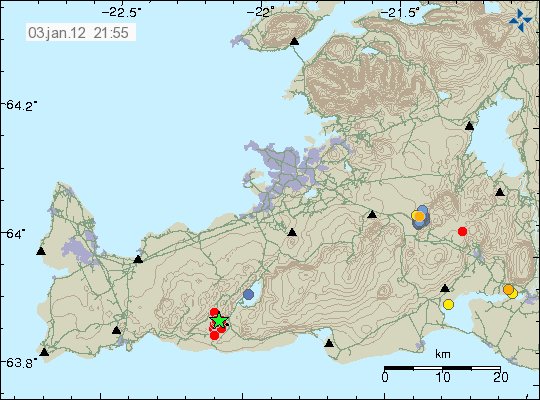
The location of the ML3.6 to ML3.7 earthquake in Krísuvík volcano. Copyright of this picture belongs to Iceland Met Office.
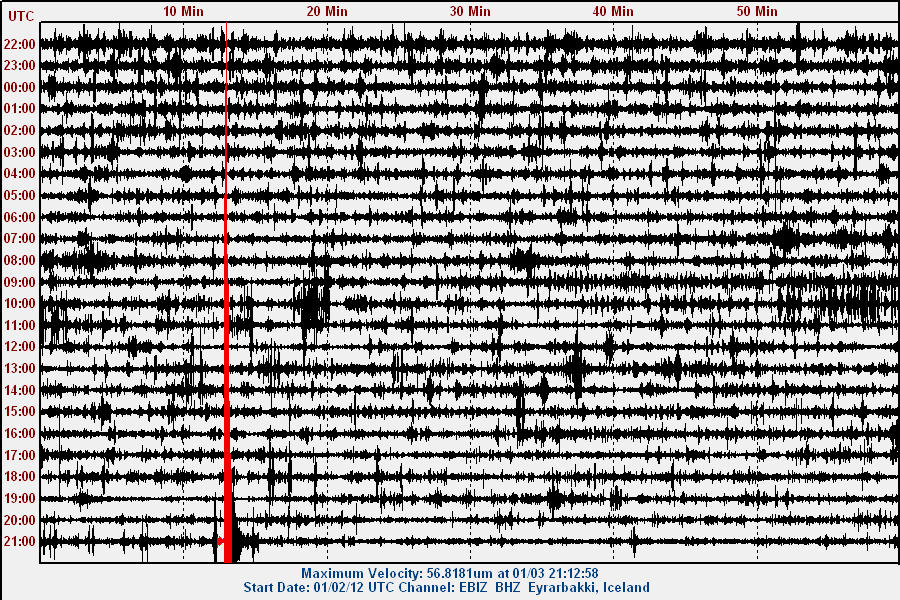
The ML3.6 earthquake as it did appear on Eyrarbakki geophone. This picture is released under Creative Commons Licence. Please see the CC Licence web page for more detail.

The ML3.6 earthquake as it did appear on the Heklubyggð geophone. This picture is released under Creative Commons Licence. Please see the CC Licence web page for more detail.

The ML3.6 earthquake as it did appear on the Hvammstangi geophone. This picture is released under Creative Commons Licence. Please see the CC Licence web page for more detail.
Blog post updated at 21:38 UTC.
Blog post updated at 21:45 UTC.
Blog post updated at 22:15 UTC.

